A Detailed Tour of National Museum of Fine Arts: Important Artworks and Galleries You Should Not Miss
The National Museums in Manila had some ups and downs during the peak of the pandemic. They had to close the establishments to the public due to the rising cases of Covid-19 in Metro Manila. They briefly opened last year but was forced to close again during the second surge of the coronavirus outbreak. Once again, they reopened their doors early this year but with stricter health protocols. Walk-ins were not allowed and visitors had to book for a schedule before they visit the museum.
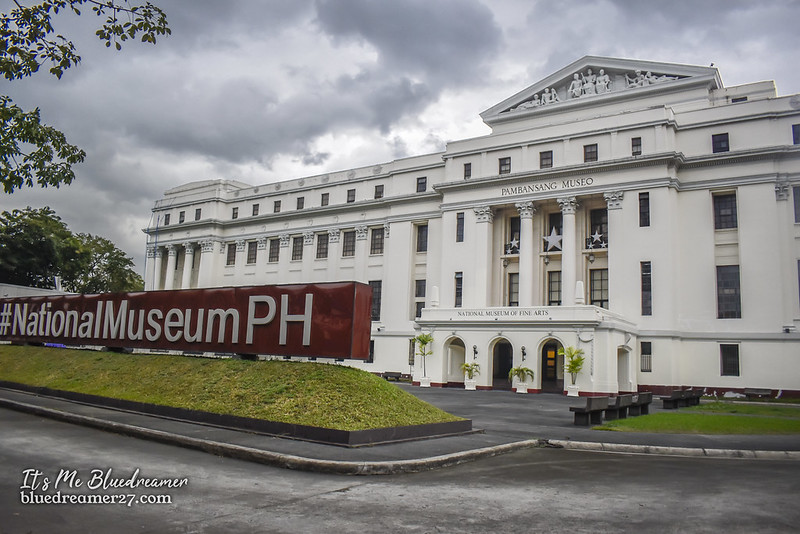
Today, almost all the museums in Manila including those in Intramuros are fully operational. National Museums are now open for walk-in visitors while advance booking may still be required for a large group (20-30 person). Visitors must be fully vaccinated (unvaccinated minors should be accompanied by a vaccinated adult) and should also comply with all the standard health protocols (facemasks and social distancing). I was able to visit the National Museum of Fine Arts early this year and I had to book online that time.
The last time I went to National Museum of Fine Arts was in 2016 and it was really a great experience to witness all the masterpieces from different national artists once again. Now allow me to give you a detailed virtual tour of the National Museum of Fine Arts. The museum has more than 30 galleries that visitors can freely explore. It houses a large collection of paintings and sculptures by different Filipino artists like Juan Luna, Felix Resurrection Hidalgo, Guillermo Tolentino, Isabelo Tampico, Jose Rizal, Vicente Manansala, Carlos Francisco, and many more.

The building itself is already a masterpiece. It was originally designed as the public library by Ralph Harrington Doane, the American consulting architect of the Bureau of Public Works, and his assistant Antonio Toledo. Upon its completion, the second, third, and fourth floors were occupied by the Senate and House of Representatives while the ground floor was occupied by the National Library. In mid-1996, the Senate of the Philippines moved out of the building. In 2003, renovation started to transform it into the National Art Gallery of the National Museum.
Spoliarium Hall
 As soon as you enter the building, the first hall that will welcome you is the Spoliarium hall. Clearly, this hall houses one of the country’s most well-known paintings, the Spoliarium by Juan Luna. It is arguably the most internationally renowned piece of modern Filipino art. It was so huge that it measures four meters in height and seven meters in width. The painting depicts the bodies of dead gladiators being dragged from a Roman arena.
As soon as you enter the building, the first hall that will welcome you is the Spoliarium hall. Clearly, this hall houses one of the country’s most well-known paintings, the Spoliarium by Juan Luna. It is arguably the most internationally renowned piece of modern Filipino art. It was so huge that it measures four meters in height and seven meters in width. The painting depicts the bodies of dead gladiators being dragged from a Roman arena.

The Spoliarium by Juan Luna
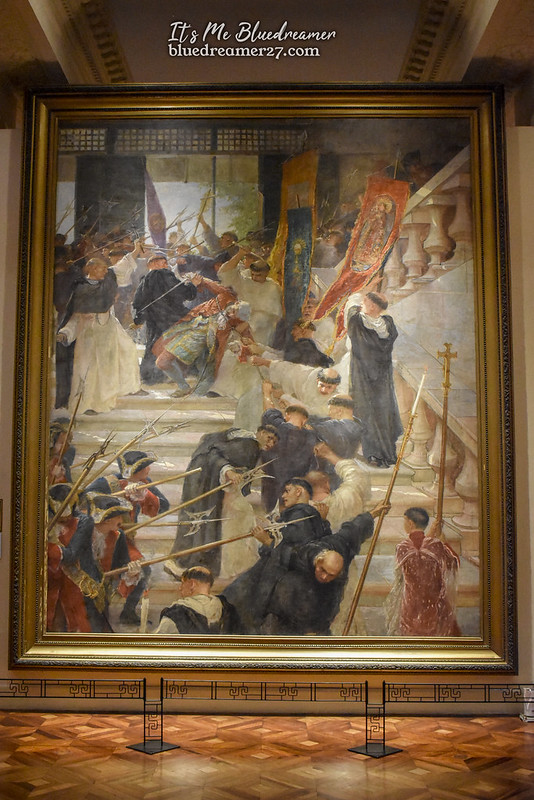
Another famous painting from this hall is El Asesinato del Gobernador Bustamante (The Assassination of Governor Bustamante) by Felix Resurreccion Hidalgo. It is declared too as a National Cultural Treasure

A portrait of Juan Sebastian Elcano
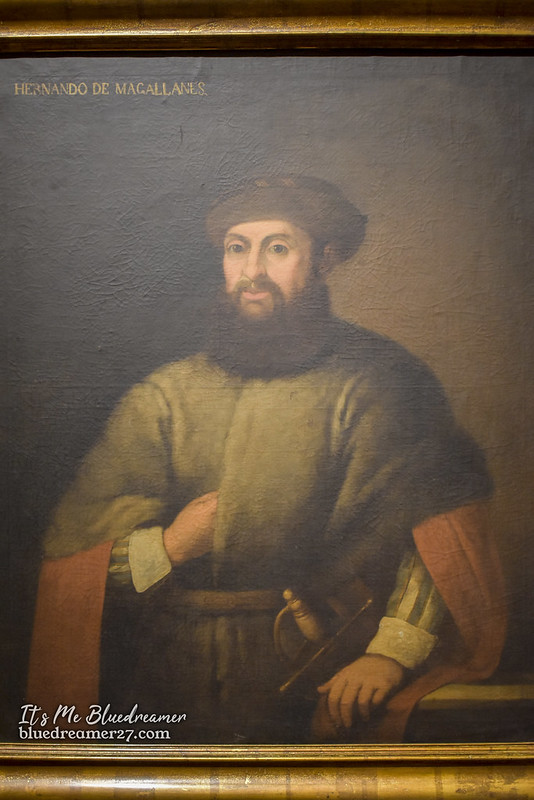
Portrait of Ferdinand Magellan (Hernando De Magallanes)

The hall also features a Monument of Arthur Walsh Fergusson, the first executive secretary of the Philippines
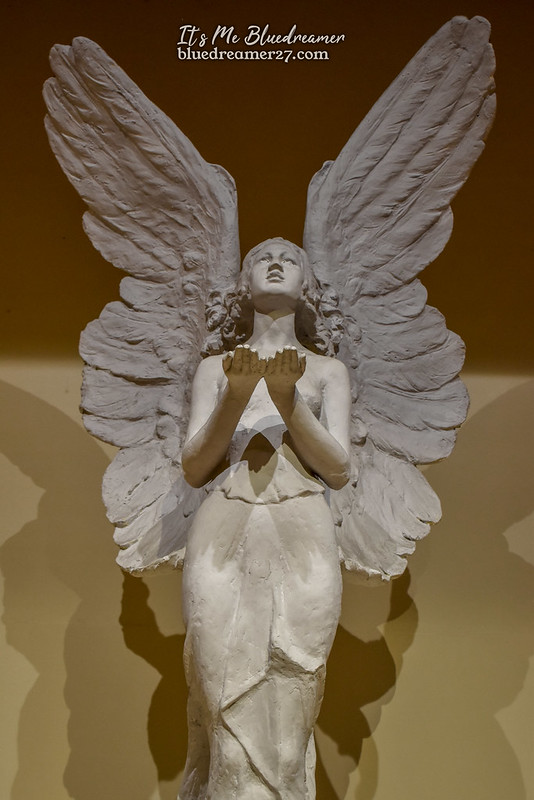
Diwata by Guillermo Tolentino
Gallery I

The Gallery I or also known as the Luis I Ablaza Hall houses a collection of Religious Art from the 17th to 19th Centuries. These religious art was prevalent in the country during the Spanish colonial era. Many of the religious images in this gallery were carved wooden santos, bas reliefs, and paintings of the Virgin Mary and Jesus Christ made by unknown artists. The gallery also features an old retablo from the Church of San Nicolas de Tolentino in Dimiao, Bohol which is also a National Cultural Treasure.

A side altar from San Nicolas Tolentino Church in Dimiao, Bohol
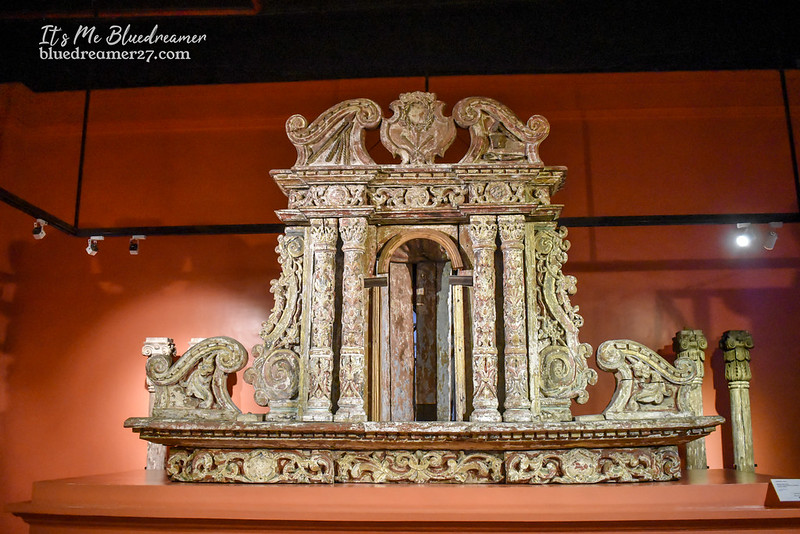
Another altar piece

An Augustinian Monk

Santo Domingo de Guzman
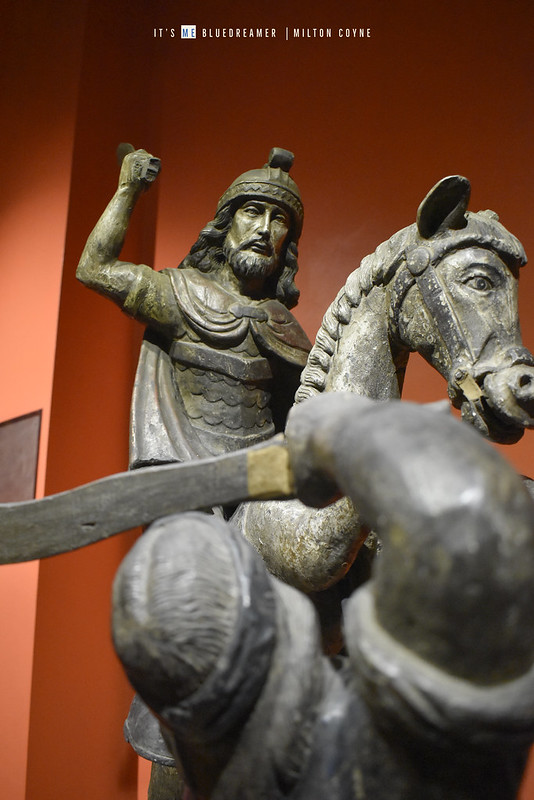
Santiago Apostol

Santa Maria Magdalena
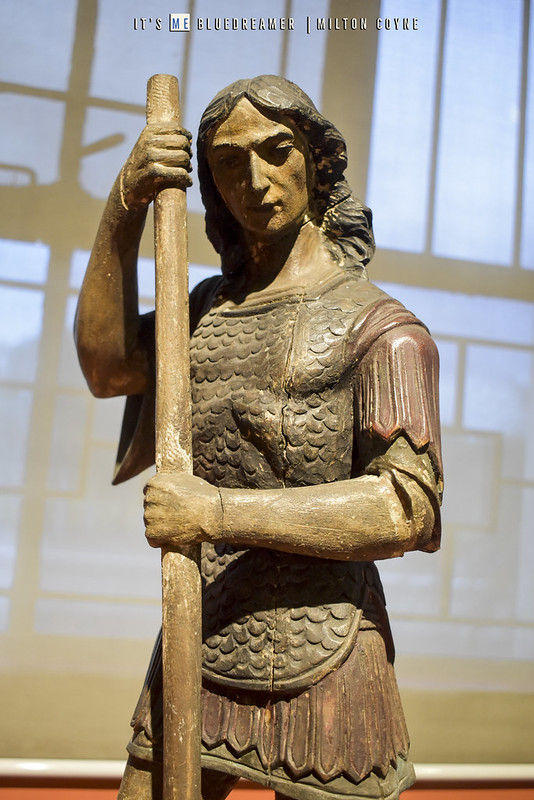
San Jorge
Gallery II

The Gallery 2 or also known as the Friends for Cultural Concerns of the Philippines, Inc. Hall is another gallery that features another set religious art. The gallery houses 14 paintings depicting the stations of the cross from the Bangko Sentral ng Pilipinas Collection. The artist behind remains unknown but is said to be originated from Bohol. This collection is said to be one of the oldest surviving complete series of Via Crucis of Stations of the Cross in the Philippines.
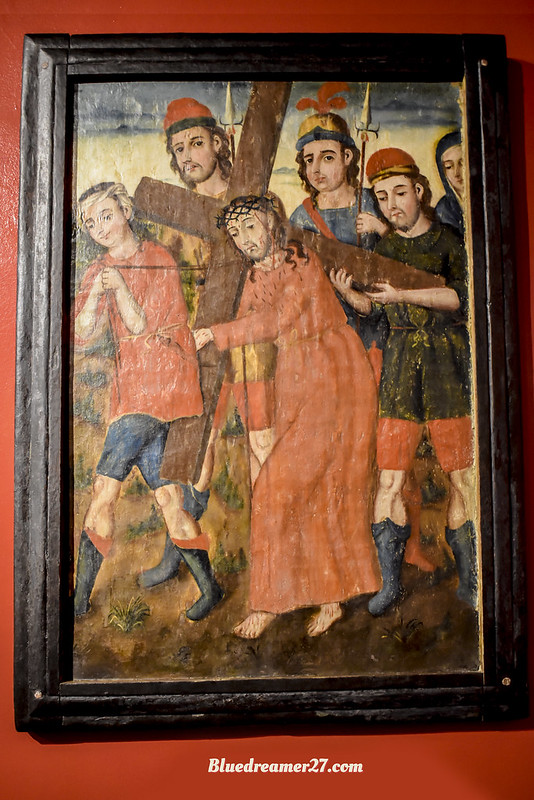
Painting depicting the 5th Station of the Cross

11th Station of the Cross
You can check the complete collection of these images here
Gallery III
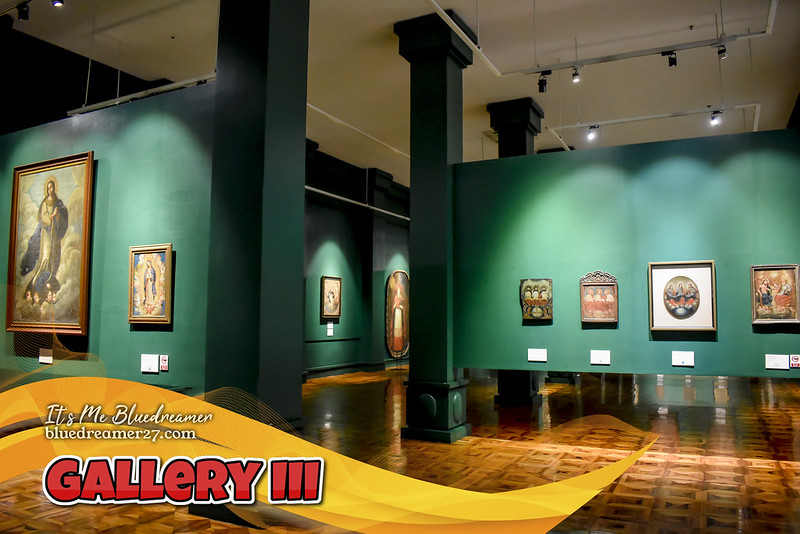
The Gallery III or also known as the Ramon and Milagros Del Rosario Family Hall also highlights another huge collection of religious artworks from the Bangko Sentral ng Pilipinas Collection. This gallery features polychromes and paintings of early religious images, interpreted by local Filipino artists and artisans.
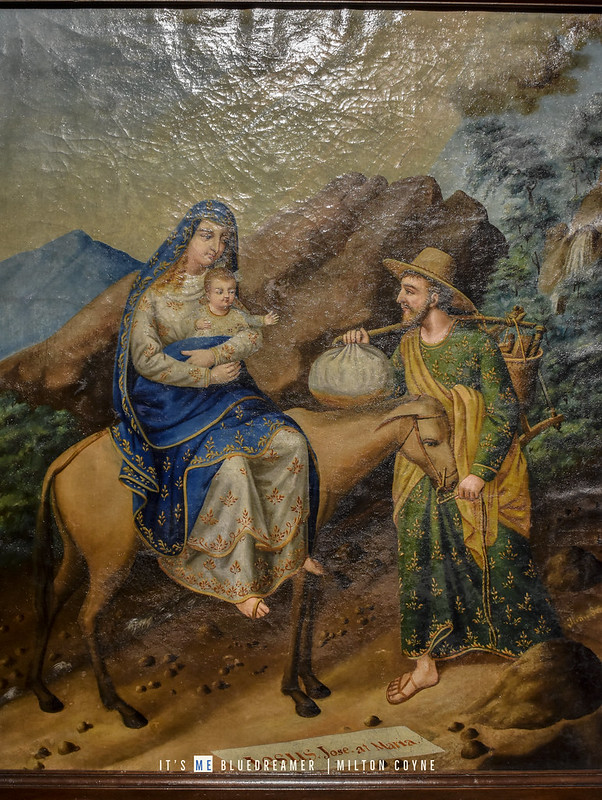
Jesus, Jose at Maria

Mid 19th century painting of San Buenaventura, Obispo Y Doctor dela Iglesia
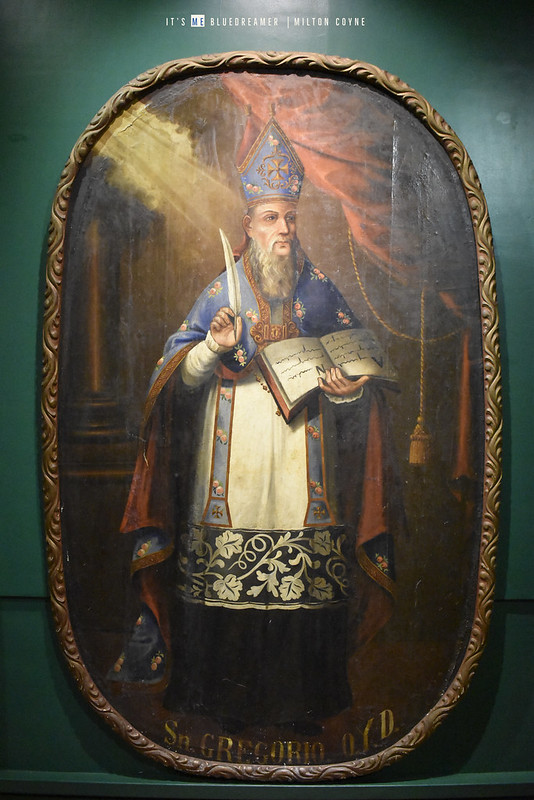
Mid 19th century painting of San Gregorio Magno, Papa Y Doctor dela Iglesia

Nuestra Señora dela Consolacion

El Transito del Glorioso Patriarca San Jose, a mid 19th century oil painting by Justiniano Asuncion Y Molo (1816-1896)
Gallery IV
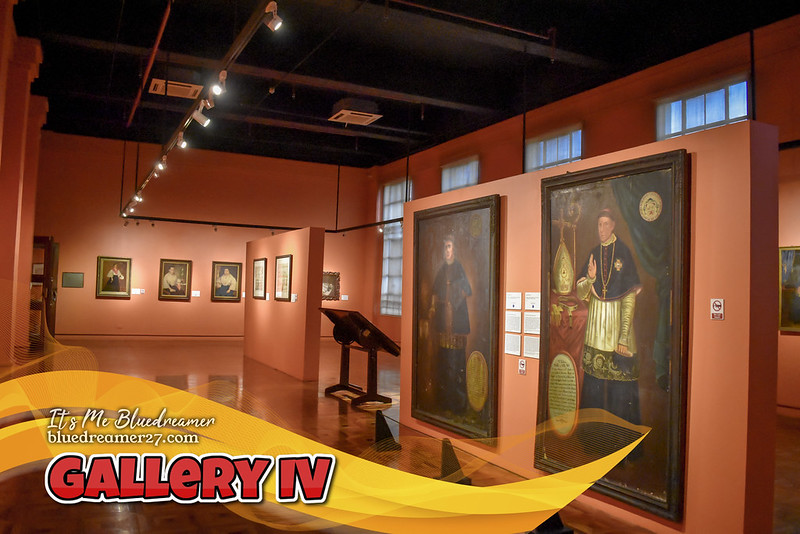
The Gallery IV or also known as the Fundacion Santiago Hall features paintings that convey self-representation, aspiration, and likeness, among other desires and projections that characterize 19th century portraits found in the Philippines. The Gallery features more than 30 extraordinary works of portraiture from this era. These paintings, like all portraits, serve to memorialize both the living and the dead.
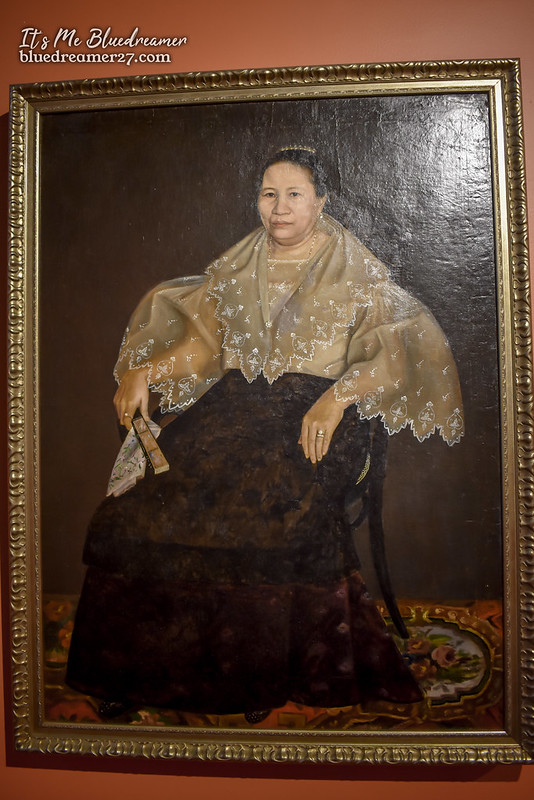
“Portrait of a Lady”, a late 19th century oil on canvas painting attributed to Asuncion Y Molo Brothers

“Portrait of two students of Ateneo Municipal de Manila”, a late 19th century oil on canvas painting from an Unknown artist
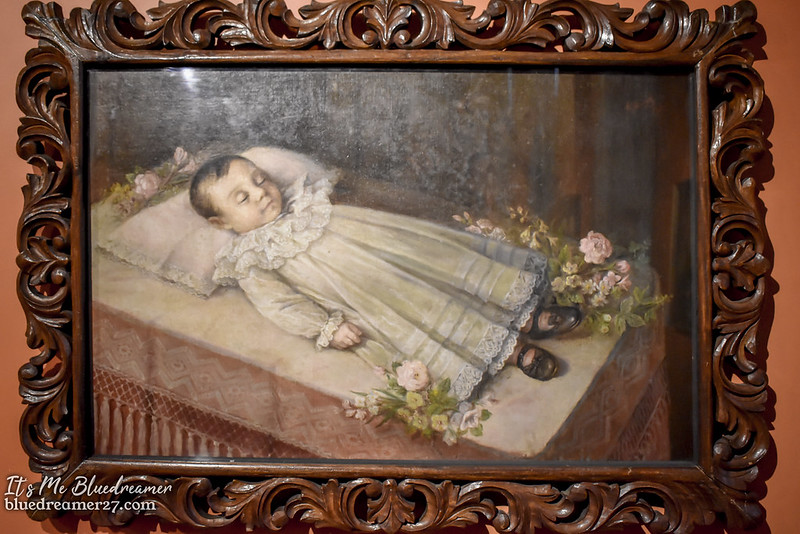
“Recuerdo de Patay (Momento Mori) of a Child”, 1896 oil on canvas painting by Simon Flores Y Dela Rosa
Gallery V

Gallery V or better known as the Dr Jose Rizal Hall pays tribute to our National hero. The exhibit honors Dr Jose Rizal who aside from being a prominent doctor and write is also a skilled artist. The gallery highlights some of his works and other paintings and sculptures from various artists that features him.

Portrait of Doctor Jose Rizal by Felix Gonzales (1962)

Rounded Relief Portrait of Dr Jose Rizal by Isabelo Tampico Y Lacandola (1910)

“Rizal the Reformist”, a 1960 Oil on Canvas painting by Martino Abellana
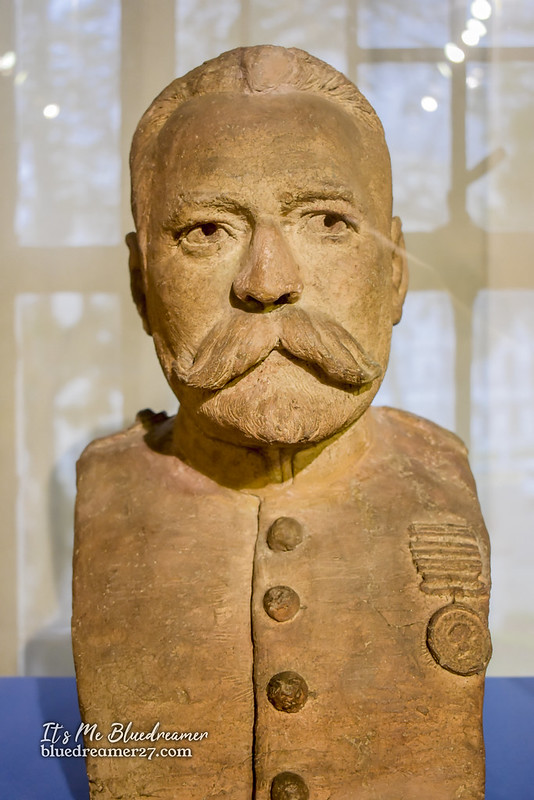
Bust of Ricardo Carnicero by Jose Rizal

Three interpretations of Oyang Dapitana, a sculpture made by Dr Jose Rizal in Dapitan (1893 – 1894)
From Left to Right: A copy made by Isabelo Tampinco; the 1894 sculpture by Jose Rizal; and a copy made by Guillermo Tolentino

San Pablo el Ermitaño by Jose Rizal
Gallery VI
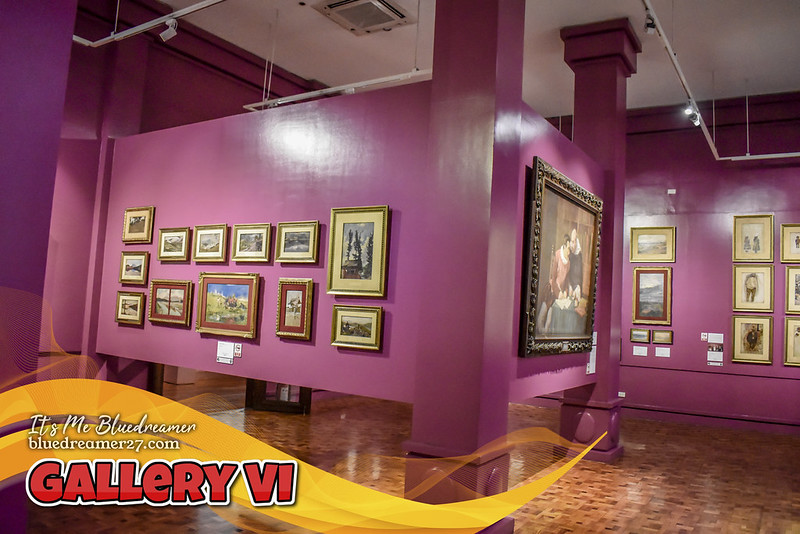
Gallery VI that is located in the Far East Bank and Trust Company – Andrés and Grace Luna de San Pedro Memorial Hall features paintings of Los Dos Pintores Juan Luna and Felix R. Hidalgo. It highlights a huge collection of the major works and oil studies by Juan Luna and his contemporary and friend, Felix Resurreccion Hidalgo.
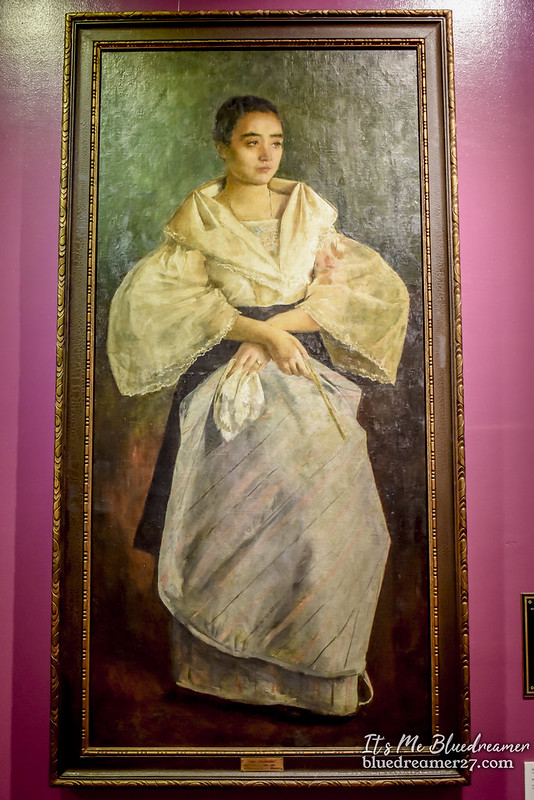
Una Bulaqueña by Juan Luna

Portrait of a Lady aka Mi Novia by Juan Luna
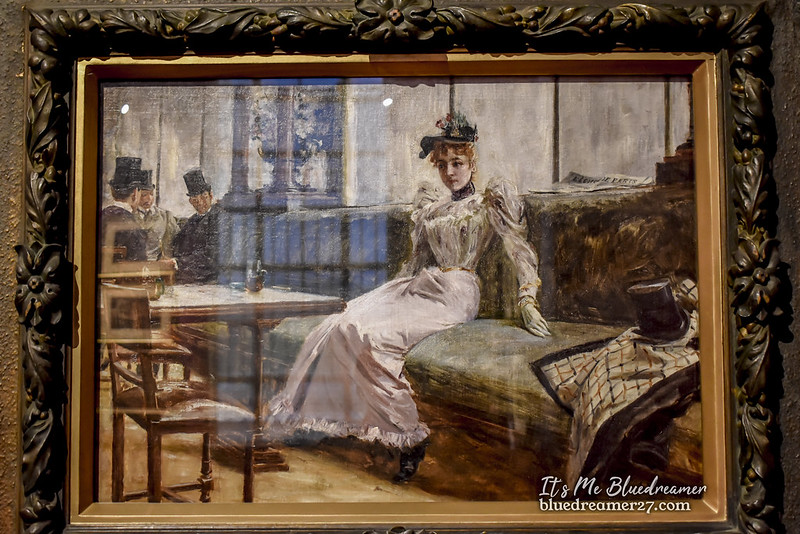
The Parisian Life by Juan Luna

La Barca de Aqueronte by Felix R. Hidalgo

El Governador y El Obispo by Felix R. Hidalgo
Gallery VII

The exhibition in Gallery VII is known as “Larawan at Litrato: Foto-óleo and Picture Portraits in the Philippines (1891-1953)”.Foto-óleo is an art form popular during the mid-19th to mid-20th centuries executed by hand-painting directly on black and white photographs to make them more life-like and visually pleasing. It was popular mainly among middle-class and prominent Filipino families as it signified their wealth and social status.

Portrait of Anita Conception Meñez Ramos by an Unknown artist
Gallery VIII

Located in Silvina and Juan C. Laya Hall is the Gallery VIII that features paintings and artworks related to the events of the Second World War. Works in this gallery portray the Imperial Japanese Occupation from 1941-1945, the Liberation of the Philippines by American and Filipino forces, and the destruction of Manila.Be warned that most of the paintings in this gallery contains graphic images that may be disturbing to some viewers.

“Rape and Massacre in Ermita” by Diosdado M Lorenzo

“A Plea for Freedom from Fear” by Fermin Gomez

“Bataan” by Fernando Amorsolo

“A Tragic Lesson (The Fall of Bataan)” by Gene Cabrera
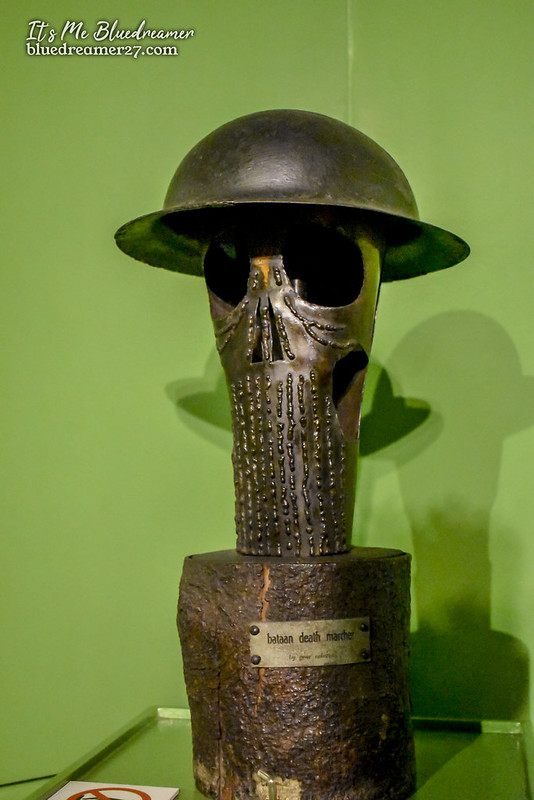
“Bataan Death Marcher” by Gene Cabrera
Gallery IX

Gallery XIX is located in the Early 20th Century Philippine Portrait Hall. Displayed here are works of portraiture by artists of the classical realist school, dating from 1903 to 1960s including the works of the National Artist Fernando Amorsolo.
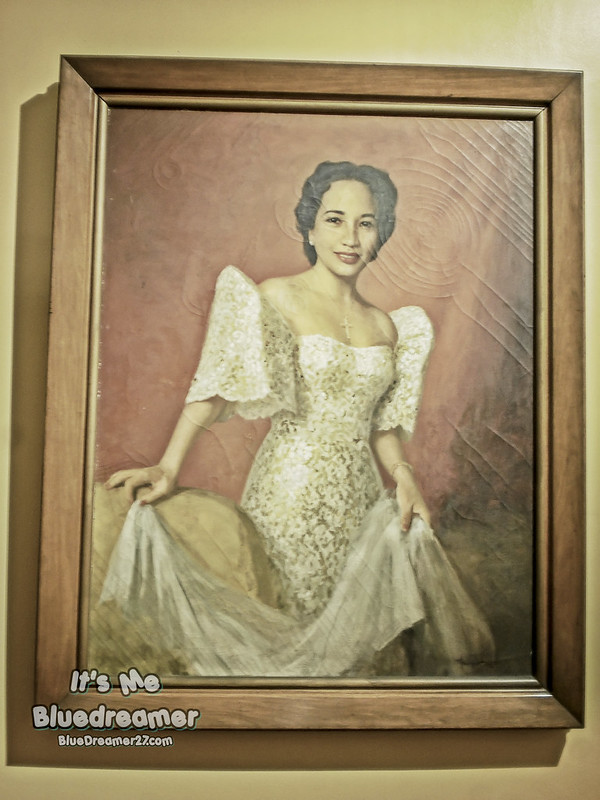
Portrait of Luisa Reyes Vergel De Dios by Fernando Amorsolo

A Portrait of Fernando Amorsolo Y Cueto
Gallery XI

Located in the Society for the Preservation of Philippine Culture Hall is a Gallery dedicated to Fernando Amorsolo alone. his gallery contains over 100 sketches by Fernando Amorsolo who is considered the first ever National Artist of the Philippines. On display are a series of black-and-white pencil and ink sketches and oil studies of his subjects before making the actual and final artwork. Also displayed is a stained glass work by his nephew, painter Caesar Amorsolo

The painted stained glass window of Christ The King by Caesar Amorsolo
Gallery XII

Gallery XII is located in the Security Bank Hall of National Museum. This gallery pays honor to the life and work of National Artist, Guillermo Tolentino. Most of his work and memorabilia presented in this gallery are from his family and several private patrons and institutional partners of the National Museum of the Philippines.
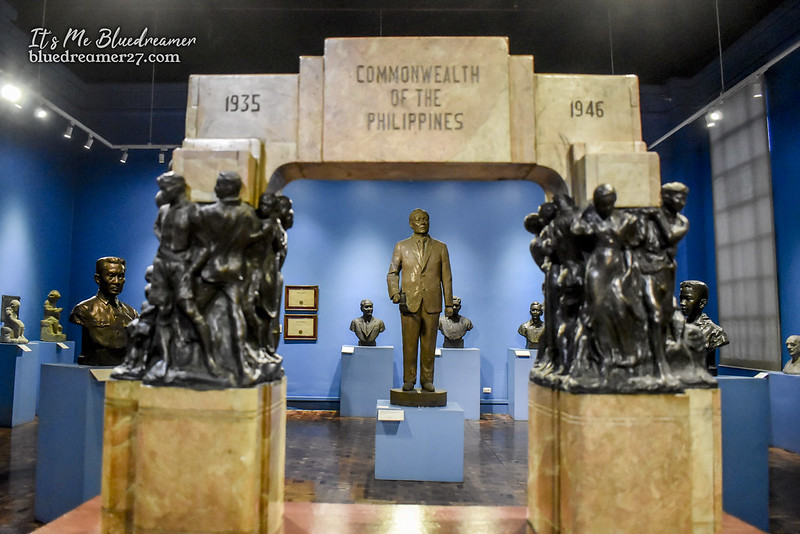
Model for the Commonwealth Triumphal Arch by Guillermo Tolentino

Statue of Don Quintin Parades as the Speaker of the House by Guillermo Tolentino

Lualhati by Guillermo Tolentino
Gallery XIII

Gallery XIII in Vicente and Carmen Fabella Hall features the fourth painting in the series that comprise the Filipino Struggles Through History. It includes works of National Artist Napoleon Abueva, including two large wood reliefs that he made with the assistance of Renato Rocha, and Jose Mendoza portraying Rajah Sulayman, His Court, and the Palisades, Miguel Lopez de Legaspi, and the Founding of Manila.

“The Manila Pavilion Reliefs: Rajah Sulayman, His Court, and the Palisades of Manila” by Napoleon Veloso Avueba

“Mother and Child” by Napoleon Veloso Abueva
Gallery XIV

The exhibition for Gallery XIV is entitled “Pillars of Philippine Modernism”. This gallery features modern Philippine art from the 1920s to the 1970s. Mainly features the works of Victorio Edades. Works of Manuel Rodriguez, Sr. (1912-2017), Juvenal Sanso (b. 1929), and Galo Ocampo (1913-1985), as well as sculptures by Diosdado Lorenzo (1906-1984), are also featured here.

“The Black Nazarene of Quiapo” by Ricarte Puruganan

“Graveyard Scene” by Ricarte Puruganan

Sculptures by Diosdado M Lorenzo
Gallery XV

Gallery XV or the E. Aguilar Cruz Hall is dedicated to the life and works of Emilio Aguilar Cruz. Launched in celebration of his centennial year on September 23, 2015. The artist’s family donated the artwork featured in this exhibition. He is best known as a writer, diplomat, and cultural authority.
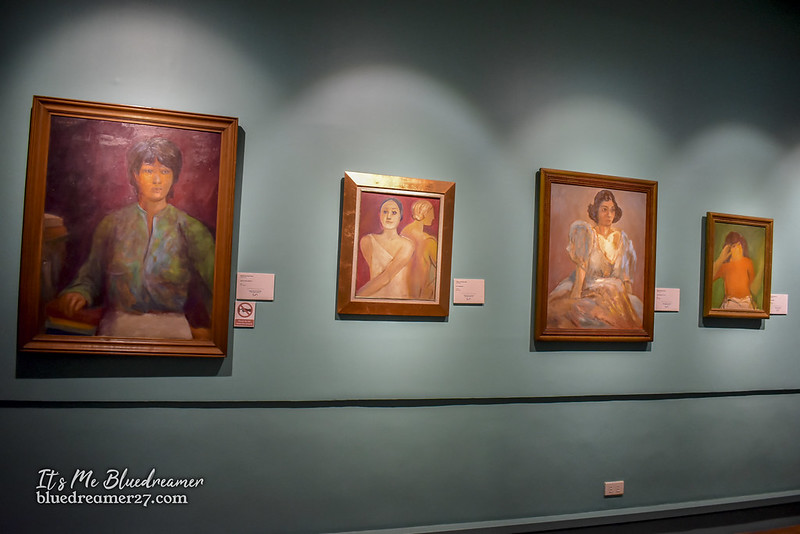
Some of the paintings of Emilio Aguilar Cruz

Memorabilla of Emilio Aguilar Cruz
Gallery XVI

Gallery XVI or the Philippine General Hospital Hall is dedicated to The Progress of Medicine in the Philippines, a set of four large-scale paintings by National Artist Carlos “Botong” Francisco. These were especially commissioned for the entrance hall of the Philippine General Hospital in 1953. Declared a National Cultural Treasure in 2011, these important works are on loan to the National Museum by the University of the Philippines to secure their preservation. Also featured in this gallery is a large-scale wood relief by renowned sculptor Jose P. Alcantara from the Philam Life Collection which previously adorned the Philam Life Theater.
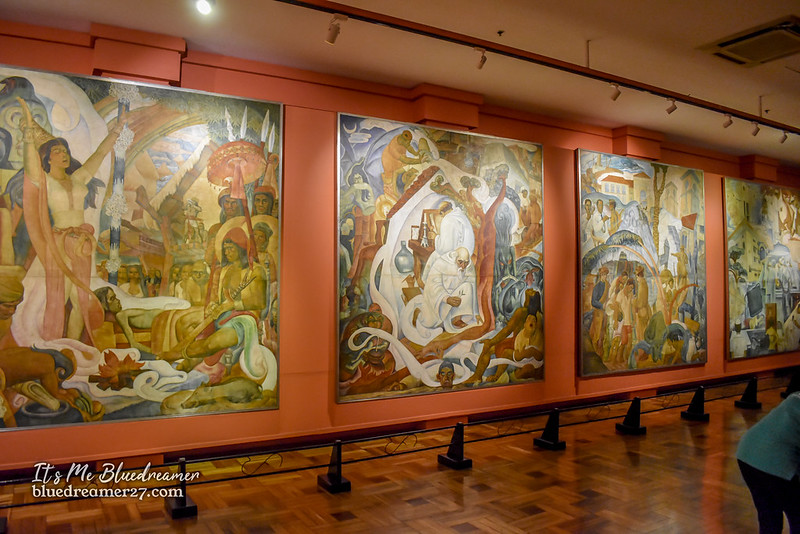
“The Progress of Medicine in the Philippines” by Carlos Botong Francisco

An untitled large-scale wood relief by Jose P Alcantara originally installed in Philam Life Theater
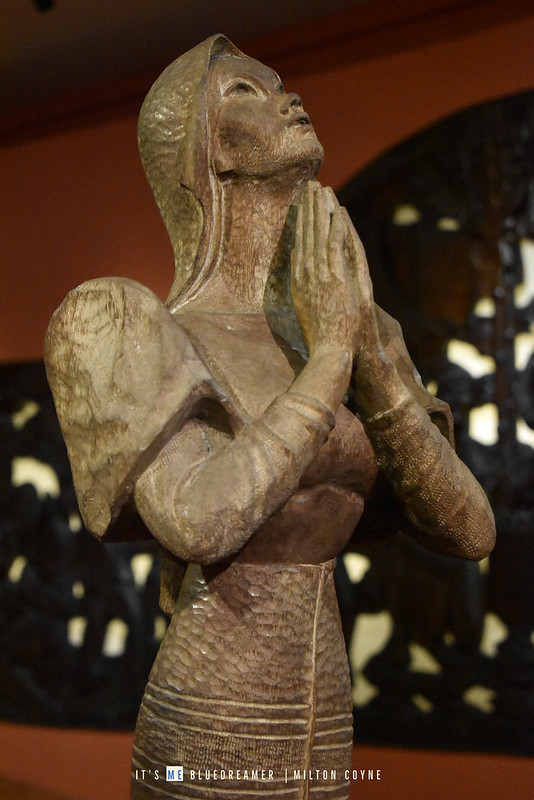
“Ina ng Lahi” by Jose P Alcantara

“Ina ng Ani” by Jose P Alcantara
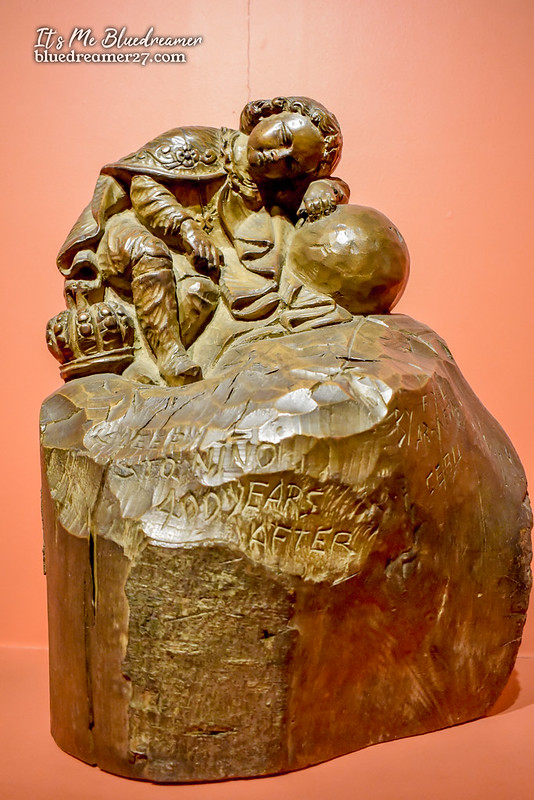
“Sleepy Santo Niño 400 Years After” by Fidel Araneta
Gallery XVII

Entitled as Circa, Gallery XVII features 16 mixed media works by sculptor Impy Pilapil. In brief, these works are the artist’s retrospective, featuring some of her sculptures made of armor wood, stainless steel, and Romblon marble made between 1994 to 2017.

“Illimitable” by Impy Pilapil
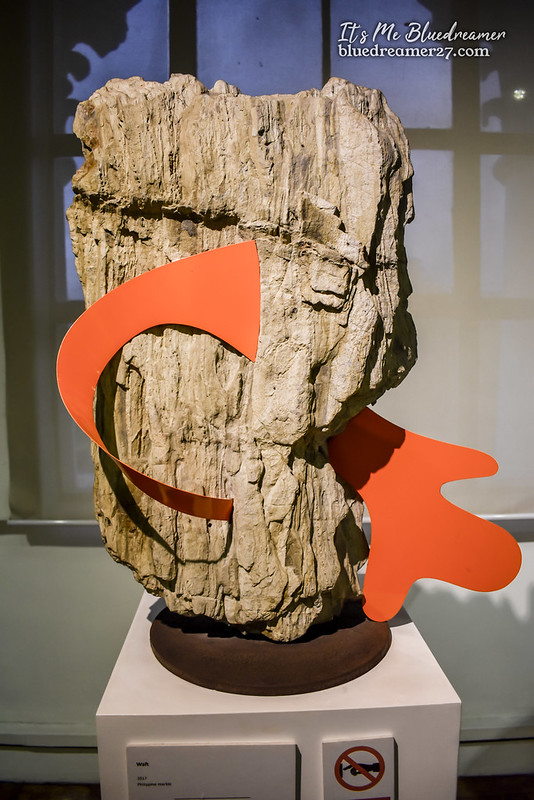
“Waft” by Impy Pilapil

“Saturn Cycle” by Impy Pilapil
Gallery XVIII
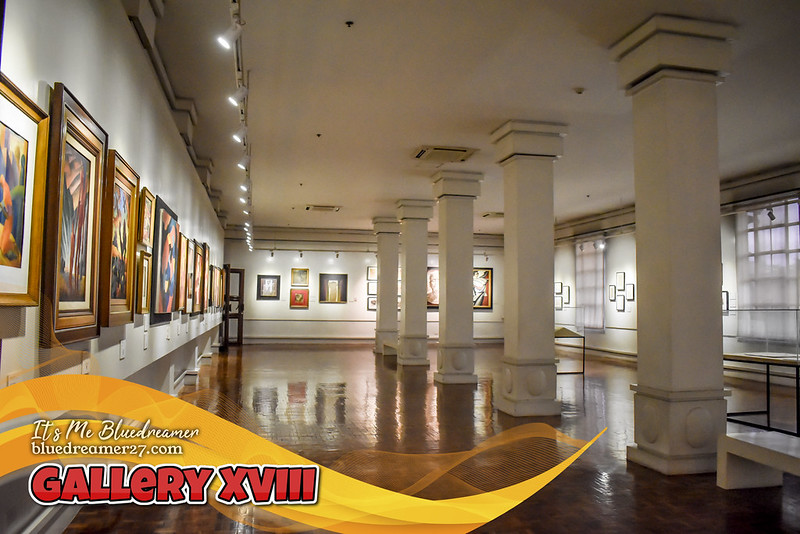
Also entitled as Pillars of Philippine Modernism, Gallery XVIII features modernist art pieces from the 1940s to 1980s, with works by a number of National Artists such as Carlos “Botong” Francisco,Jose Joya, Cesar Legaspi, and Abdulmari Asia Imao.

“The First Mass in Limasawa” by Carlos Botong Francisco

“The Presentation of the Santo Niño in Cebu” by Carlos Botong Francisco
Gallery XIX
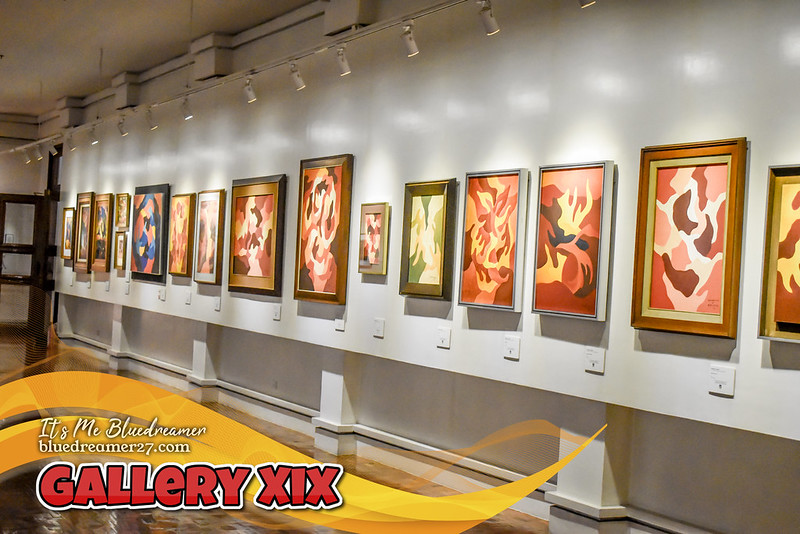
Gallery XIX pays homage to the paintings and sketches of National Artists Hernando R. Ocampo, Ang Kiukok, and Benedicto “BenCab” Cabrera. Also on display are two paintings from a series of the Stations of the Cross made by NA Carlos “Botong” Francisco. Most of these pieces were completed in the 1950s to 1970s, ranging from the early days of modernism in the Philippines to the height of its popularity. The image above features the Abstract Paintings by the National Artist for Visual Arts , Hernando R Ocampo.

The 5th Station of the Cross by Carlos V Francisco
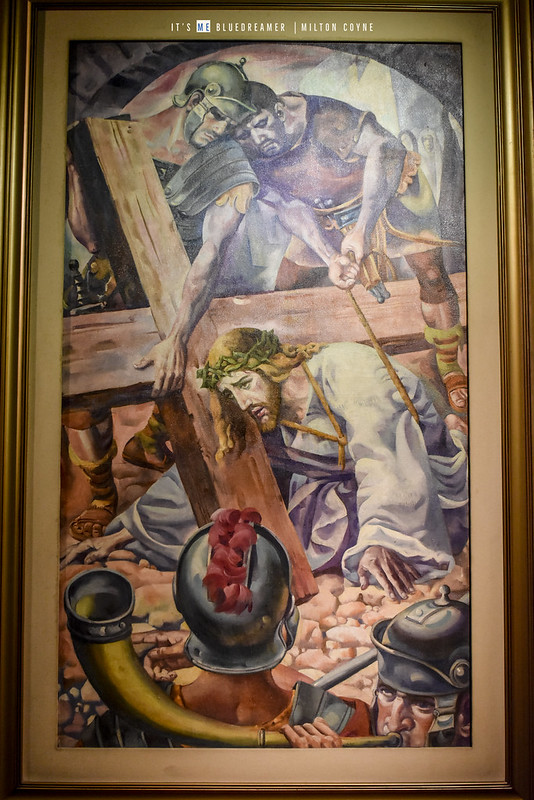
The 3rd Station of the Cross by Carlos V Francisco

“Woman in Distress” by Benedicto Cabrera
Gallery XX
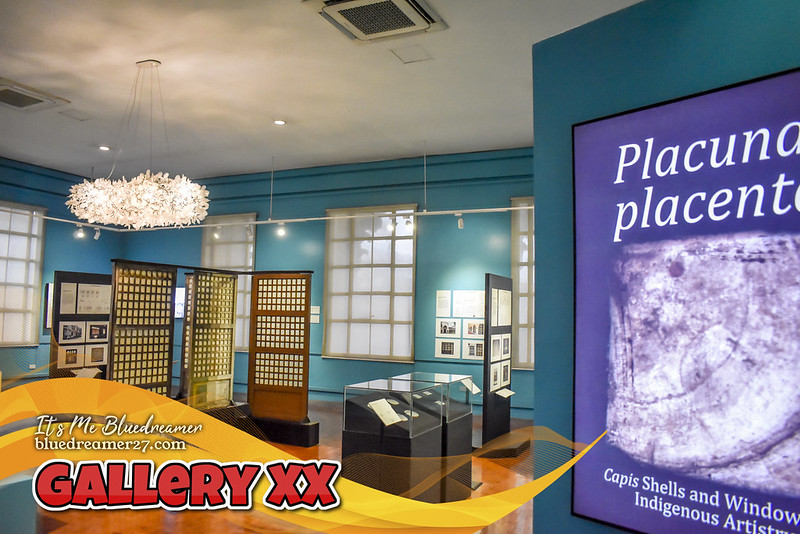
Entitled as “Placuna placenta: Capis Shells and Windows to Indigenous Artistry”, the Gallery XX highlights Placuna placenta and its significance in Philippine art and architecture. It features parts of Capis window panels from the Philippine Normal University and Santa Ana Church, architectural documentations of historical structures in Manila and miniature oil paintings on capis shells by artist Gregory Halili.

Capis window panels

Capis shells
Gallery XXI

Located in GSIS North Hall, Gallery 21 features art works from National Artist Federico Aguilar Alcuaz which is known as “Art Protis”. Art protis or non-woven tapestry is a unique process developed in Brno, the second biggest city in the Czech Republic. There, Alcuaz met a Czech artist who introduced him to the new textile collage technique. This exhibition shows Alcuaz’s skills and talent in using this foreign technique to create outstanding collage artworks.
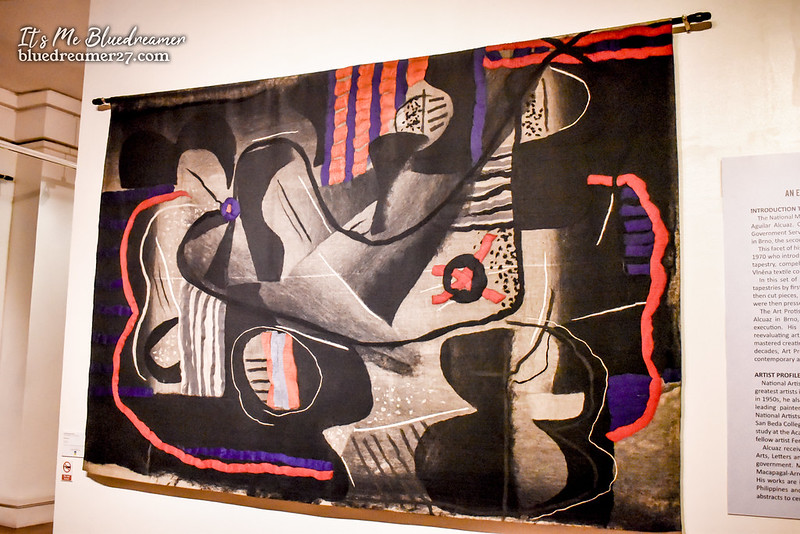
Art Protis by Federico Aguilar Alcuaz
Gallery XXII

The International Rice Research Institution (IRRI) Hall (Gallery XXII) features two large-scale paintings and their watercolor studies by National Artist Vicente S. Manansala. These paintings were commissioned by the institute to depict Filipino life, labor, and leisure, and were completed in 1962. Also featured in this gallery is a large-scale wood relief by renowned sculptor Jose P. Alcantara. The image above features the paintings of Vicente Manansala

Wood relief sculpture by Jose P Alcantara
Gallery XXIII

The Gallery XXIII located in the GSIS Northwest Hall pays homage to the works of National Artist for Painting Vicente S. Manansala. It contains his works from the National Fine Arts Collection and the Government Service Insurance System (GSIS) art collection. It also showcases the artist’s memorabilia from the Manansala Family Collection.

“Burial” by Vicente Manansala
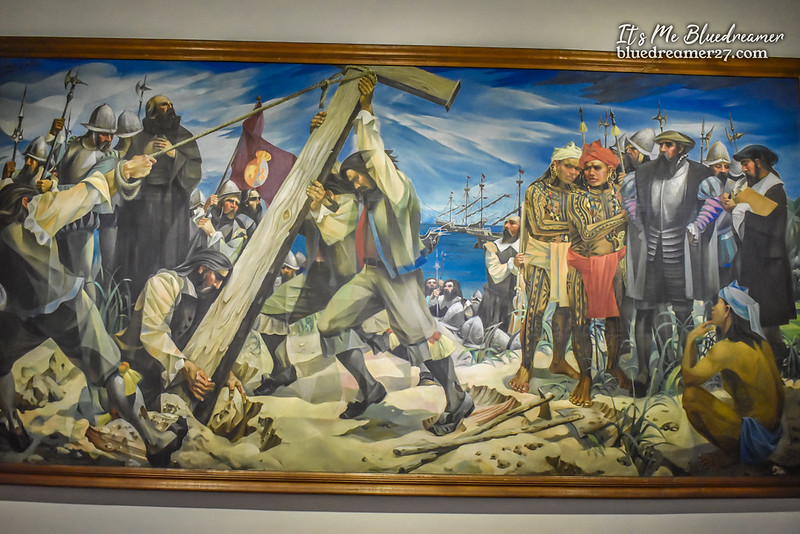
“Planting of the First Cross” by Vicente Manansala
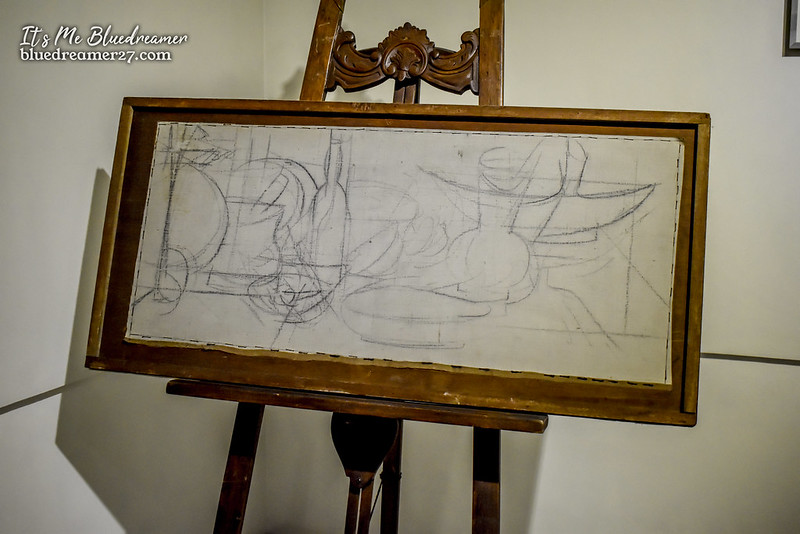
Preliminary Drawing and Easel of Vicente Manansala
Gallery XXIV
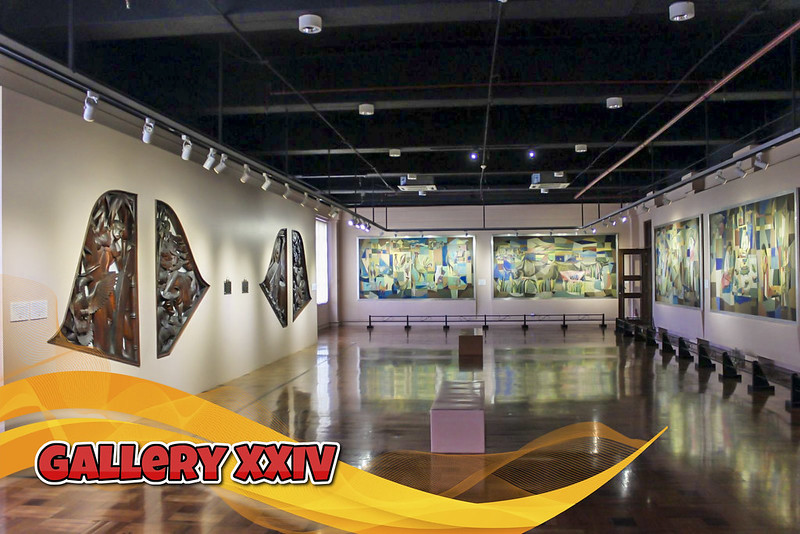
Gallery XXIV or the Philam Life Hall is also dedicated to some works of National Artist Vicente Manansala and Jose P Alcantara. The hall shows seven large paintings by Manansala commissioned in the 1960s by Philam Life as well as rural-themed wood reliefs by Alcantara.
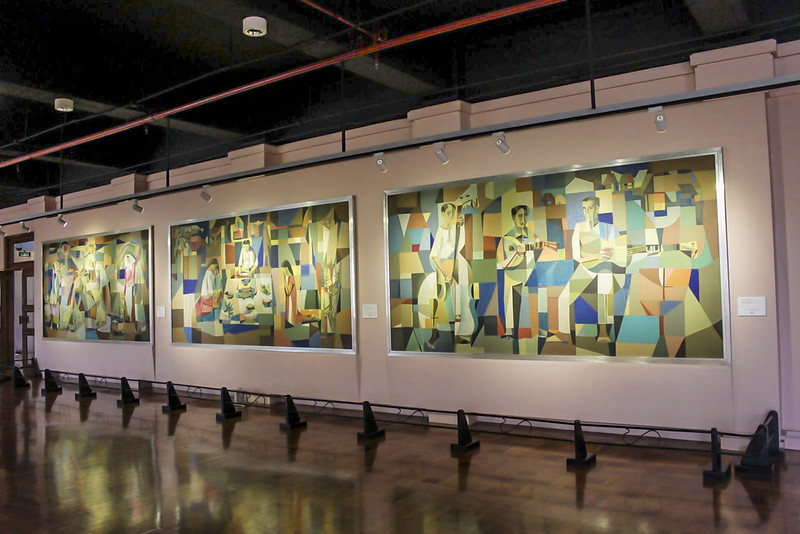
Paintings of Vicente Manansala

Paintings of Vicente Manansala
Gallery XXIX

Galleries 25-28 are special exhibition halls where artsworks often displayed in a limited period of time. The Gallery XXIX, on the other hand, is dedicated to Philippine Modern Sculptures. Featured here are notable works of National Artists Abdulmari Asia Imao, Arturo Luz, and Jerry Elizalde Navarro.
The Old Senate Session Hall

This hall features the Filipino Struggles Through History, also known as History of Manila, the monumental series of paintings by National Artist Carlos “Botong” V. Francisco commissioned in 1968 for the Manila City Hall by Mayor Antonio J. Villegas.

The Old Senate Session Hall as viewed on the ground floor

The Old Senate Session Hall as viewed from the second floor

The National Cultural Treasure Markers of the History of Manila paintings by Carlos Botong Francisco

Hallway Galleries

Hallways of National Museum of Fine Arts also features a large collection of art works dedicated to various artists
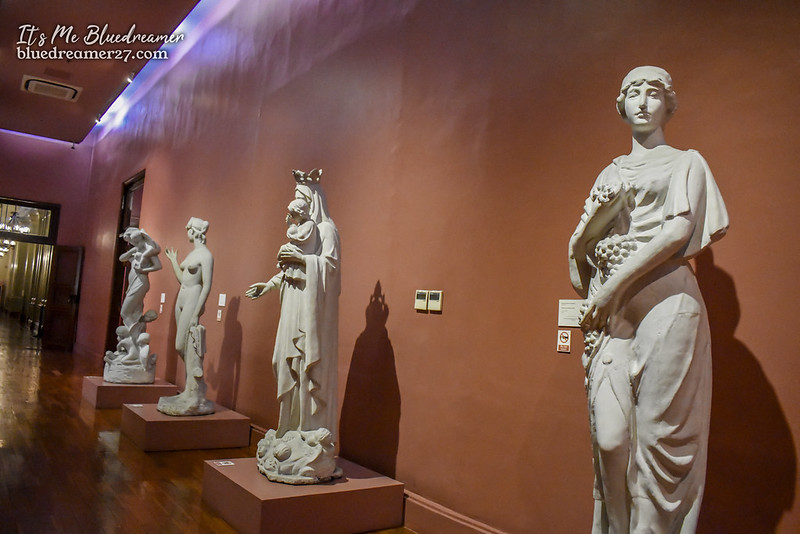
There is a hallway that features classical sculptures by Isabelo Tampinco and his son Vidal Tampinco, as well as works of Graciano Nepomuceno and Anastacio Caedo.

“La Mujer En Reposo” by Isabelo Tampinco

“Roman Soldier” by Isabelo Tampinco

“Bust of Ramon Blanco y Erenas” by Isabelo Tampinco
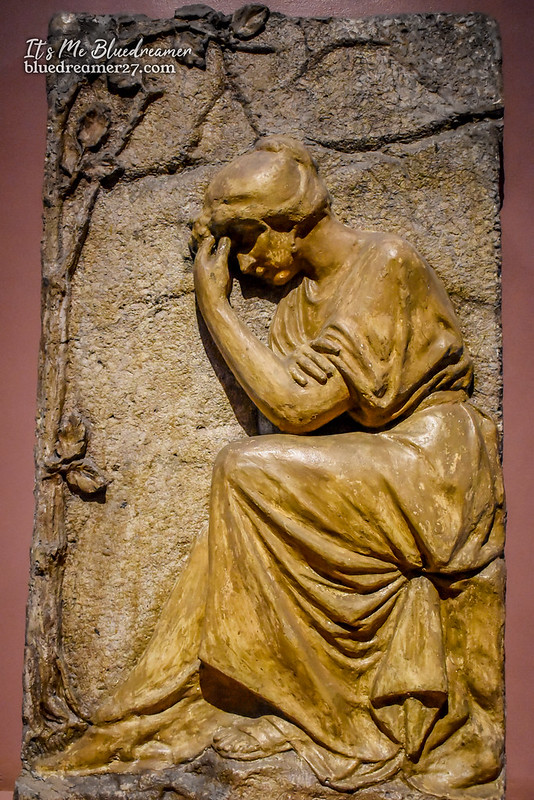
“Solitude” by Isabelo Tampinco

“Bust of Mestiza Filipina From Maria Clara” by Isabelo Tampinco

“Grecian Lady Holding Grapes” by Isabelo Tampinco

More life-size statues sculpted by Isabelo Tampinco

Another hallway featuring various paintings from different artists
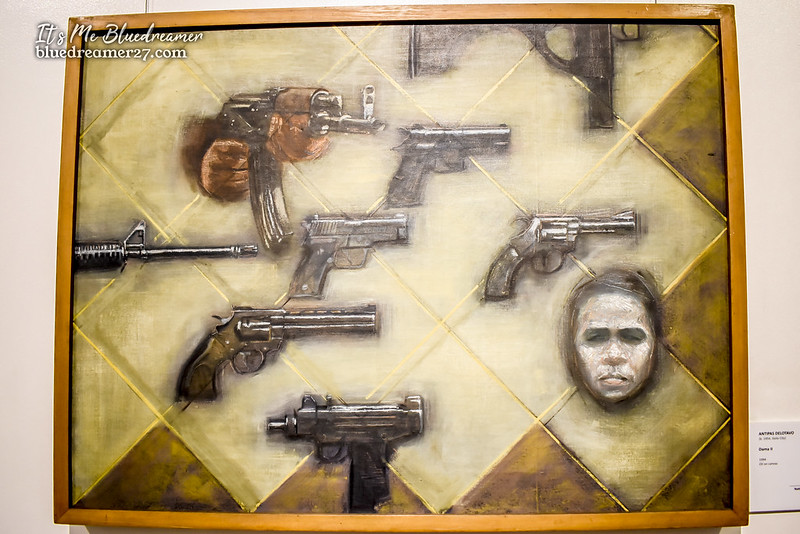
“Dama II” by Antipas Delotavo
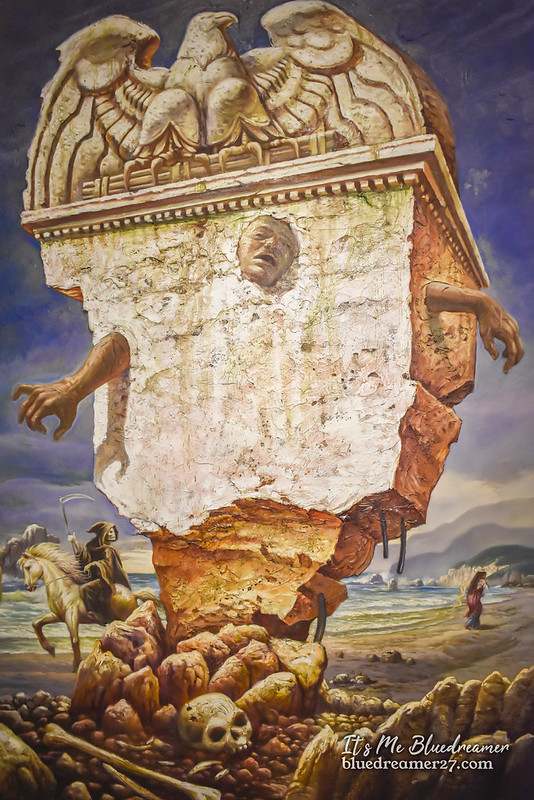
“Bondage” by Papo de Asis

“Arko ng Pagkakaisa Para sa Kalayaan” by Edgar Talusan Fernandez
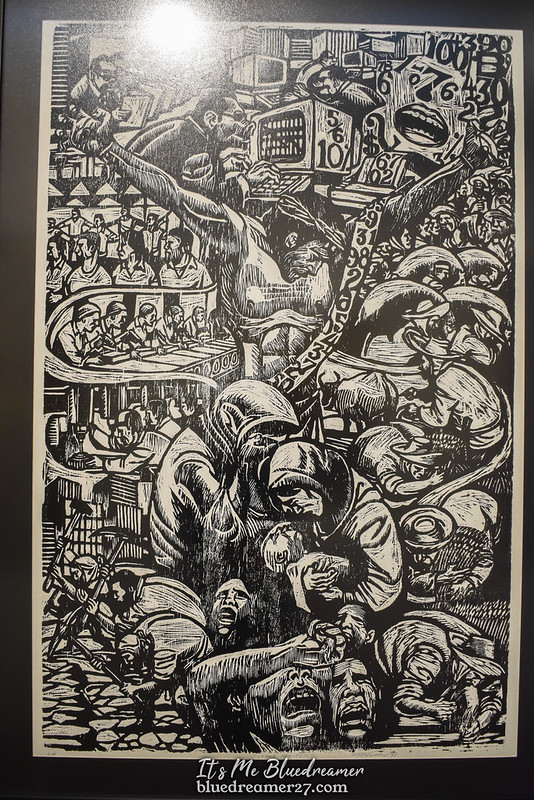
“Unang Panlabas” by Leonilo Neil Doloricon
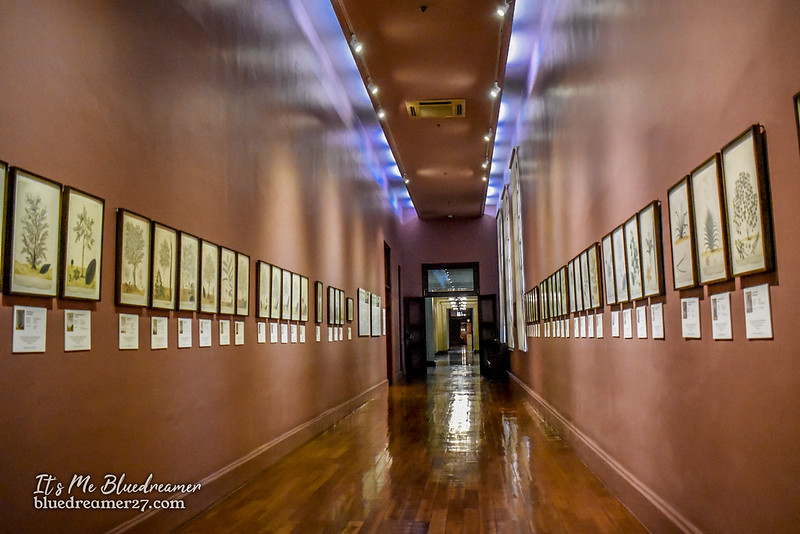
This hallway features 50 prints of 18th century drawings by Juan de Cuéllar from the Real Jardín Botánico. These were given by King Juan Carlos I of Spain to former President Fidel V. Ramos as a gift to the Filipino People during the visit of the King and Queen of Spain to the Philippines from April 1 to 4, 1996.
Things You Should Know Before Visiting National Museum of Fine Arts
- There is NO Entrance Fee in the Museum
- As per Writing, Walk-in visitors are now allowed in the Museum (As long as Alert Level stays in Level a in Metro Manila)
- Advanced Booking is required for large groups of 20-30 persons.
- Booking should be done at https://reservation.nationalmuseum.gov.ph/
- Must be Fully Vacinated (bring your Vaccination Card for verification)
- Non vaccinated minors should be accompanied by a fully vaccinated adult
- Photography is allowed as long as you do not use flash. Videos, however, are not allowed in the museum.
- Health Protocols must be observed. Wear Facemask or face shield (optional) and always practice social distancing.
Disclaimer: I am not affiliated to National Museum of Fine Arts. Artworks that are featured here might undergo changes without prior notice.
Also, feel free to visit my other articles about different National Museums in Manila and other museums in the country.
- 30 Items and Galleries You Should Not Miss When Visiting The 3 National Museums in Manila
- 10 Things You Should Not Miss When Visiting The National Museum of Natural History
- A Day in National Museum of Anthropology
- 12 Artworks You Should See At National Museum of Fine Arts
- National Museum of Fine Arts (2016 Visit)
- Mount Samat National Shrine War Museum ~ What To See and What To Expect!
- Revisiting Baldomero Aguinaldo Museum (Museo ni Baldomero Aguinaldo)
- Let’s Explore Museo ng Republika ng 1899 (Barasoain Museum)
- Exploring Ilocos : Crisologo Museum



Pingback: 11 Eerie Artworks in National Museum of Fine Arts That You Should See - It's Me Bluedreamer!
Pingback: Historical Sites You Can Visit That Commemorate Jose Rizal - It's Me Bluedreamer!
Pingback: Revisiting Manila Central Post Office : What's Inside the Manila Post Office (Before the Fire Incident) - It's Me Bluedreamer!